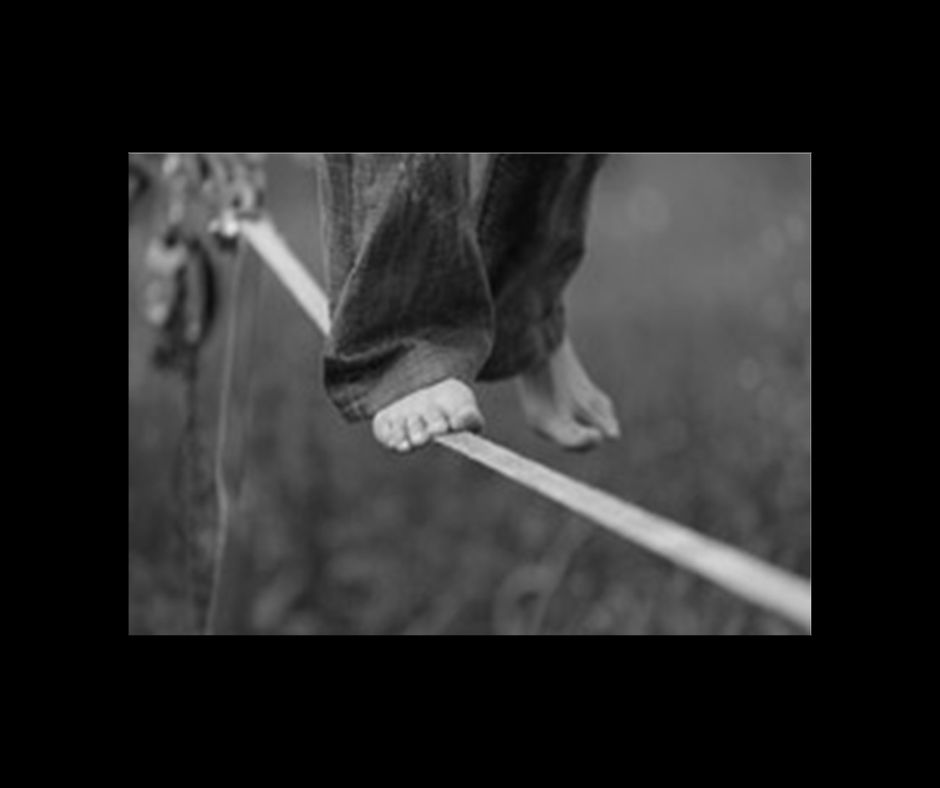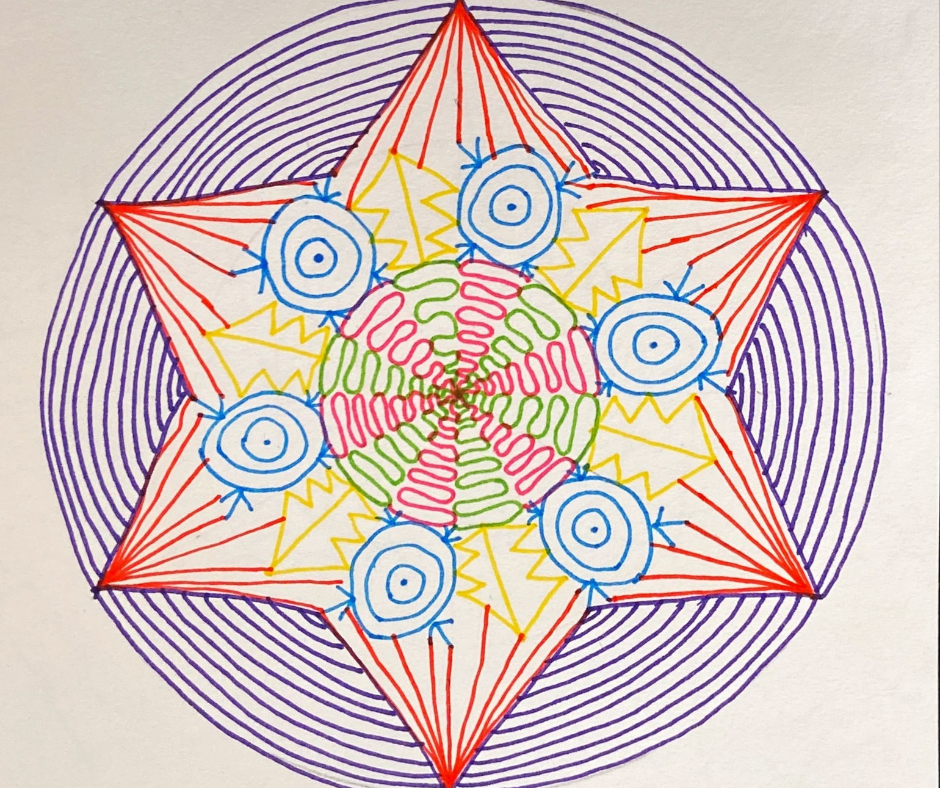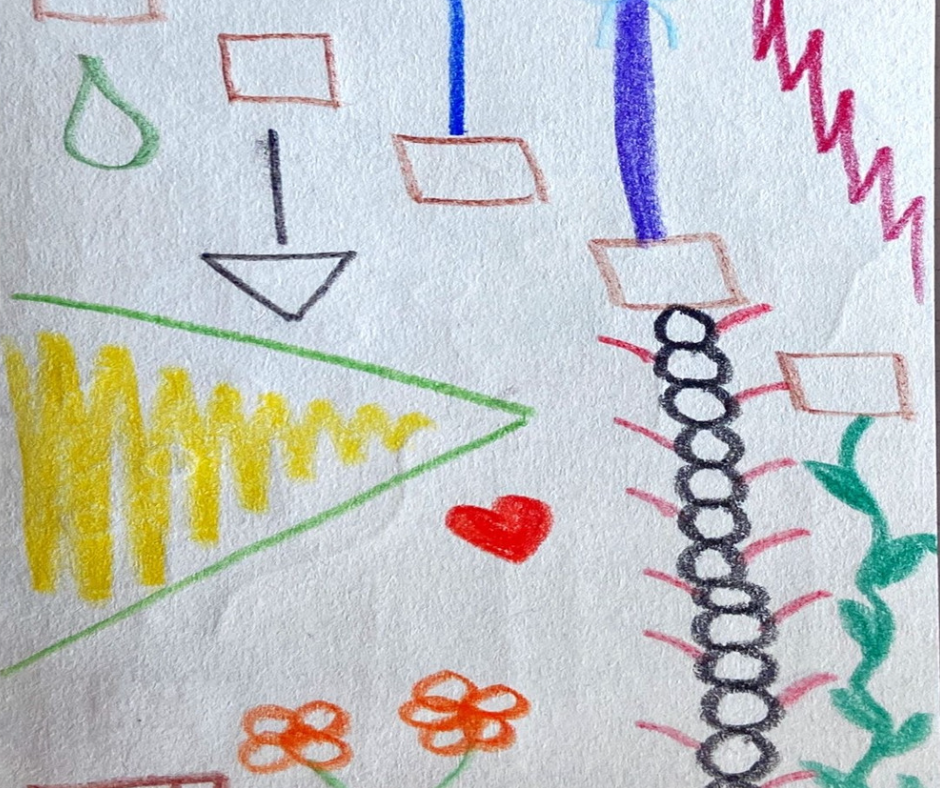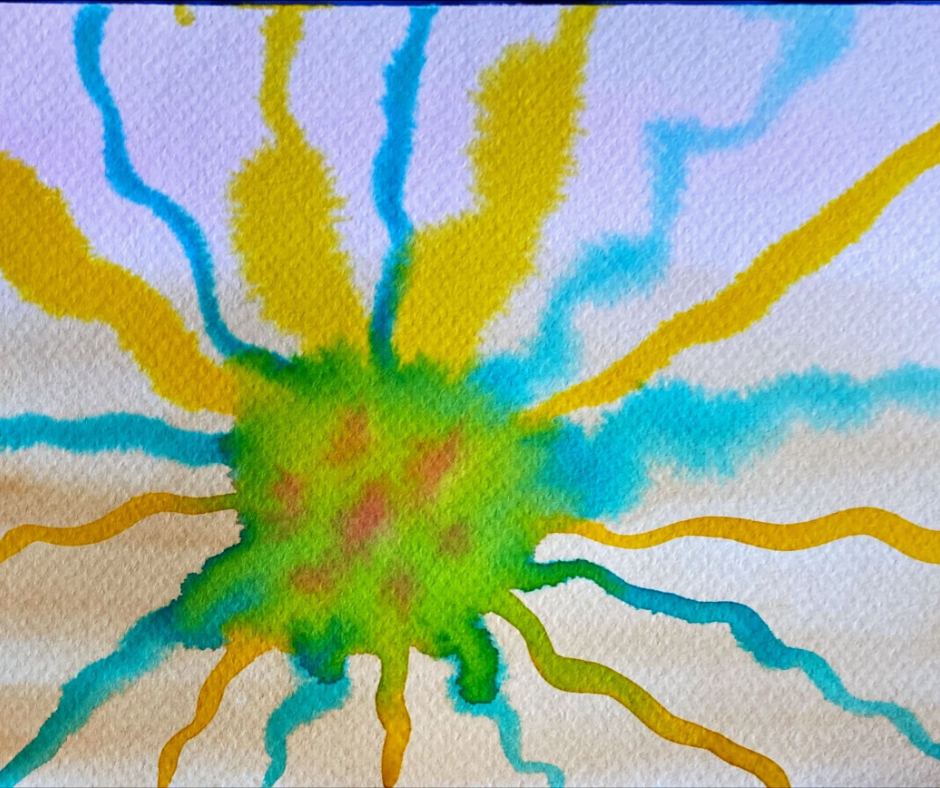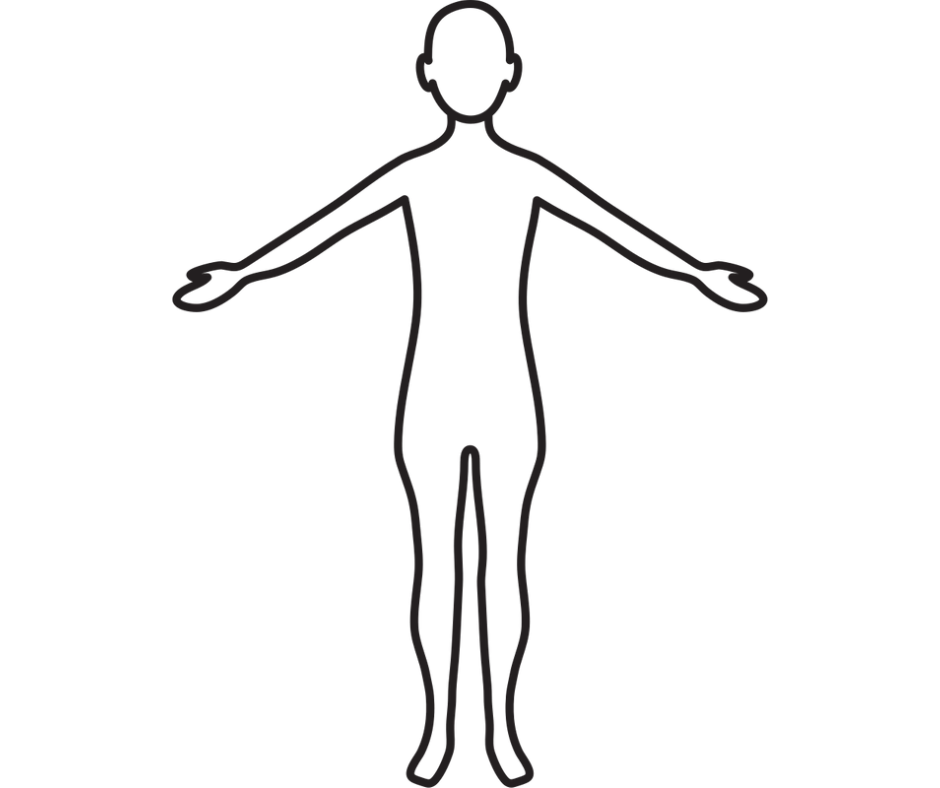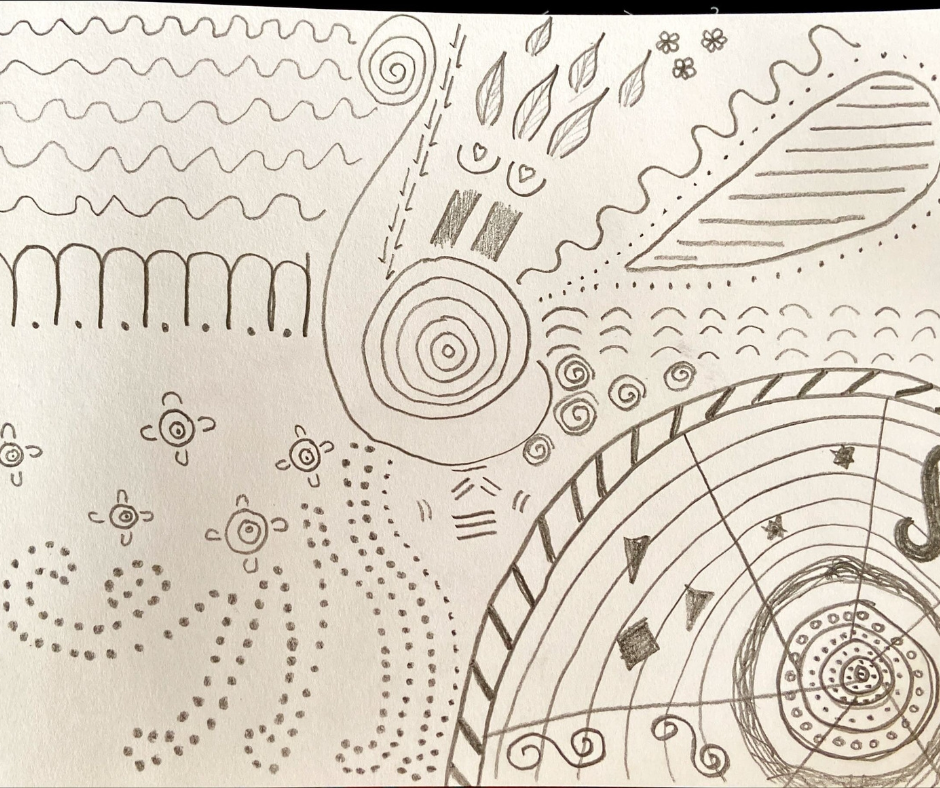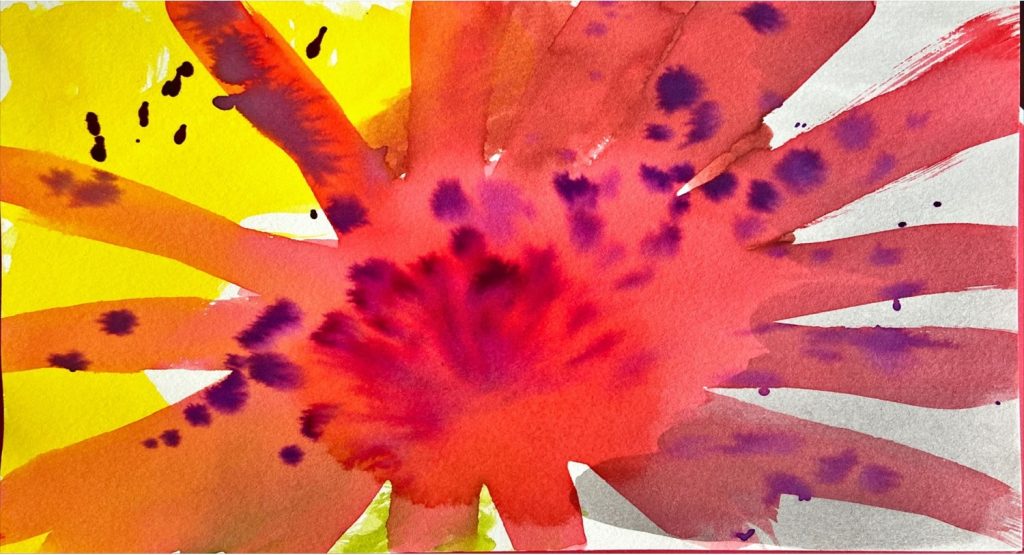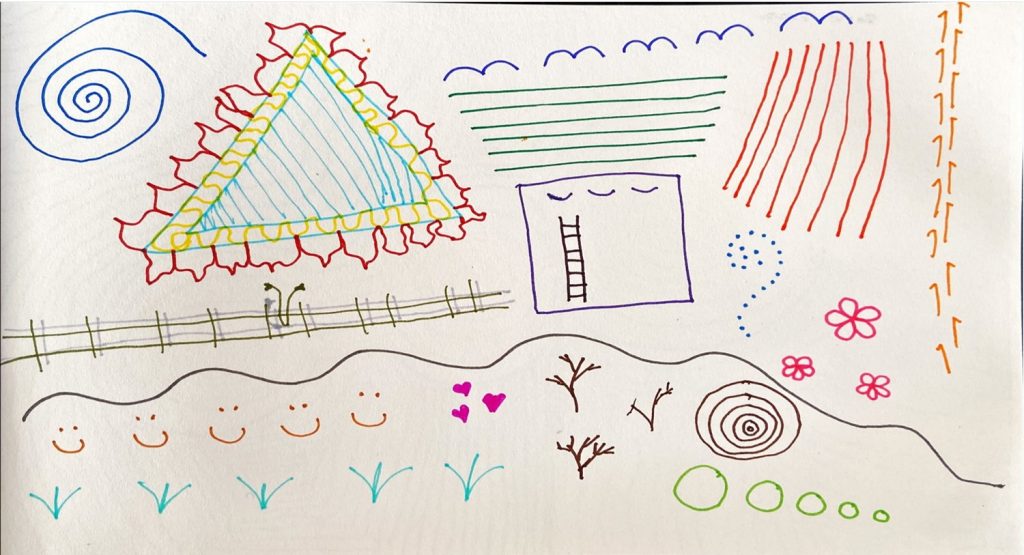
As a Reiki Master I have a daily practice to choose the way I wish to live. This practice is in line with the 5 Reiki Principles.
Number 1 on my list is the choice I make to “release my investment in staying hurt and angry”.
I have observed in my own life and that of others how destructive holding on to that investment in hurt and anger is. It destroys relationships. And it destroys the person holding on to the hurt and anger.
As a counsellor I see how destructive hurt and anger is to the mental health of those holding on to hold on and convert the hurt and anger into resentment.
Anger is not bad, what you do with it can be
Despite all the bad press, anger, when directed the right way, can be constructive.
Anger can be an important signal that there are things in your life you need to attend to. This is where anger is a signal that drives change.
Anger in itself is not wrong. It is the response to anger that can cause harm if it is not a helpful response.
Being frightened of anger is destructive if you run from anger
People are taught to be frightened of anger. When anger is experienced a person will often suppress the anger and flee from it, instead of sitting with it and attending to it.
The problem with suppressing anger is that unexpressed anger becomes resentment. Resentment tends to fester, below the level of conscious awareness, and poison our interactions with others.
The festering wound of resentment
Then resentment develops, the person you were angry with is turned into an evil person. You remember bad things about them and forget all the good things. So the person becomes more and more negative in your mind.
Bearing a grudge against another person is resentment.
Holding on to resentment doesn’t serve you. It can make you bitter and less trusting of others. In time it can destroy a lot of your relationships.
How to release your investment in staying hurt and angry
To let go of your resentment you need to revisit the original event that led to your anger converting to resentment. That is not always easy. When you go back to that original event, you are likely to realise the event was not as bad as you have come to picture it, and that the person you have branded as evil is not as evil as you have come to think of them.
One of the biggest issues with resentment is that you assign blame to the target of your resentment. Yet things are rarely that black and white. It is important to let go of the need to assign blame.
Resentment means you never let go of your hurt and anger
One of the problems with needing to assign blame is that your need to hold the other person responsible for your feelings is doing you great harm.
When you think you are managing to cope with your hurt but are resentful towards the other person you are actually holding on to your hurt and anger. To heal you need to let go of the hurt and anger. To do that, you need to let go of the resentment you feel towards others.
Own your responses
You need to own your response to what originally happened and stop blaming others for how you are feeling now.
What do you need now? Do you need the pain and damage to your mental health of holding on to the resentment? Or do you need to think of yourself and your needs and release the resentment that is harming you?
Releasing your resentment
Performing an activity to release your resentment is really helpful.
You may find it helpful to write your feelings down on a piece of paper and then burn the paper as you announce you are choosing to let go of those feelings.
You may wish to read out what you have written before declaring you intention to let go and burning the paper.
I have an old saucepan that I put paper in when burning it. I never leave the pan until the paper has burned up completely. That way I can be present in watching my feelings dissipate and also maintain safety around the burning paper.
Releasing resentment is about serving you
Resentment is tied to forgiveness. Letting go of resentment is forgiving. Forgiving is not about the other person. It is about you.
If you can find the compassion to release your investment in staying hurt and angry then you have achieved an important step in healing and wholeness.
The benefits of letting go
When you let go of your resentment you will find you are much happier. Life seems brighter and lighter. You have so much more energy to devote to you and your growth as a person. You are better able to focus on the things that matter to you.
When you are resentful, everything in life becomes something to judge. Once you let go of that resentment you will find you have the space to accept yourself and others. You will feel happier and experience more joy.
Releasing resentment and removing the barriers it has built between you and a fulfilling life, opens up your life to receive blessings.
Can I Help?
If you would like to talk to me about how I can help you with releasing your resentment, please contact me on 0409396608 or nan@plentifullifecounselling.com.au
If you would like to learn more, I write a regular newsletter with interesting information, tips, information on courses, and the occasional freebie. At the moment I have a free mindfulness meditation for anyone who signs up to my newsletter. This meditation offers a way to safely explore your feelings and learn to be okay with them. If you would like to subscribe please click on the link here: http://eepurl.com/g8Jpiz

